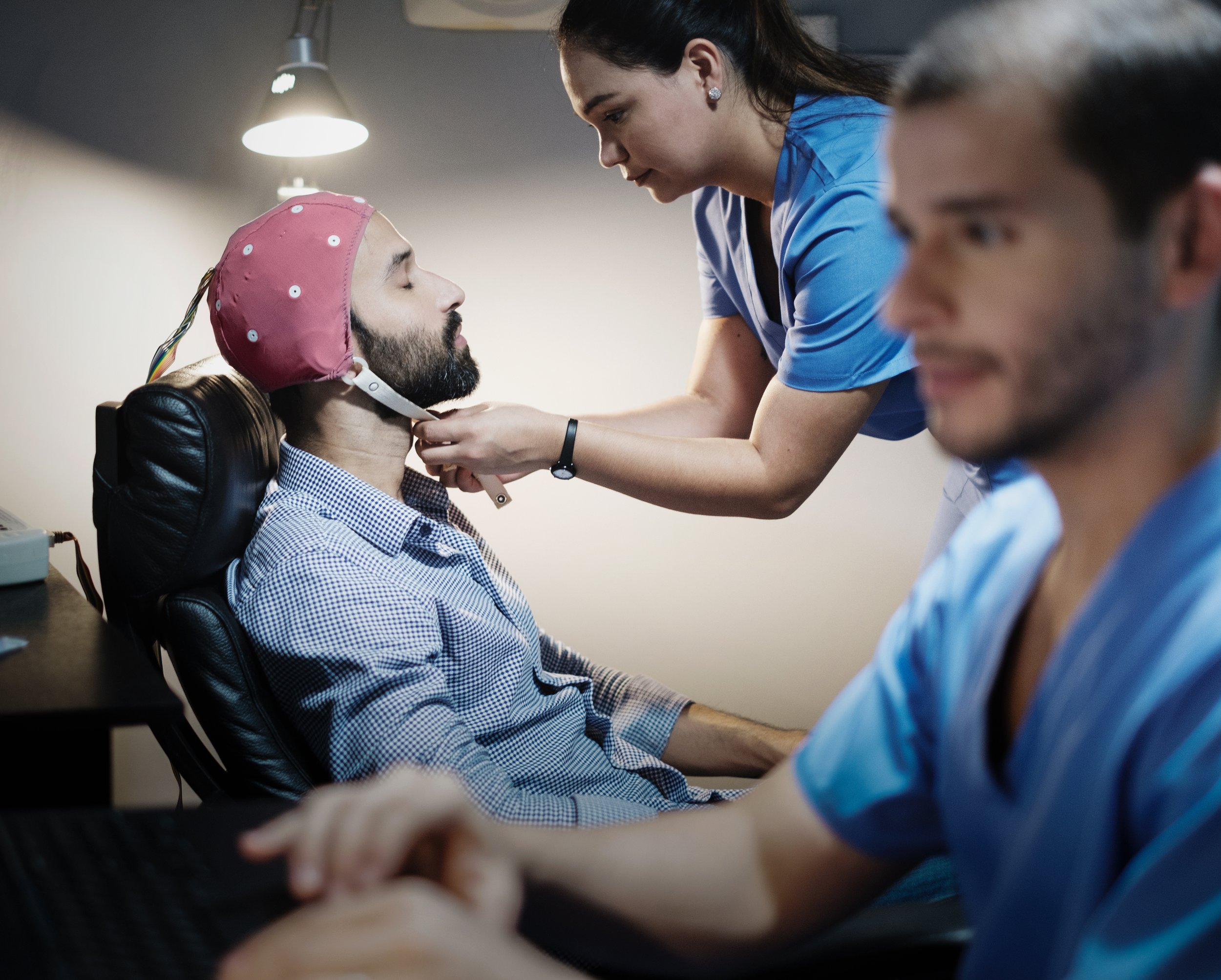HOW TO CREATE A NEUROFEEDBACK DEPARTMENT: 6 General rules
Creating a neurofeedback department can be a complex process that requires careful planning and execution. Here are 6 general steps to consider:
Define the Purpose and Goals of the Department: The first step is to determine the purpose and goals of the neurofeedback department. Will it be used for research, clinical treatment, or both? What specific conditions or disorders will the department focus on? These questions will help you determine the equipment and personnel needed for the department.
Gather Resources: Once you have defined the purpose and goals of the department, you will need to gather the necessary resources. This can include equipment such as EEG machines, computers, and software programs, as well as hiring trained personnel such as neurofeedback technicians and licensed therapists. Successful Practitioner is the leader in teaching professionals this niche specialty as well as helping them get certified, equipped, and successful in providing these services. Book a FREE 25 Minute Consultation today to learn more and get the support you need!
3. Create Policies and Procedures: It is important to establish policies and procedures for the department to ensure consistency and quality of care. This includes protocols for patient intake, assessment, and treatment, as well as policies for data storage and privacy.
4. Obtain Necessary Licenses and Certifications: Depending on the location and purpose of the department, you may need to obtain licenses and certifications from regulatory bodies. This can include state or provincial licensing boards, as well as certifications from organizations such as the Biofeedback Certification International Alliance (BCIA).
Certificate Courses Available:
Offered 100% Online Self-Paced or Hybrid (Online Self-Paced & 2 Days In-Person)
Biofeedback Certificate Course
Neurofeedback Certificate Course
5. Promote the Department: Once the department is up and running, it is important to promote it to potential clients, patients, and referral sources. This can include marketing efforts such as creating a website, attending conferences, and establishing relationships with healthcare providers.
6. Continuously Evaluate and Improve: Finally, it is important to continuously evaluate the effectiveness of the department and make improvements as needed. This can include gathering feedback from patients and staff, tracking outcomes, and staying up-to-date with the latest research and technologies in the field.
Overall, creating a neurofeedback department requires careful planning, resources, and attention to detail, but it can ultimately provide a valuable service for patients and contribute to the advancement of neuroscience research. If you need help building your biofeedback and Neurofeedback clinic we can help you achieve success! Book a Free 25 Minute Consultation today to get started!


